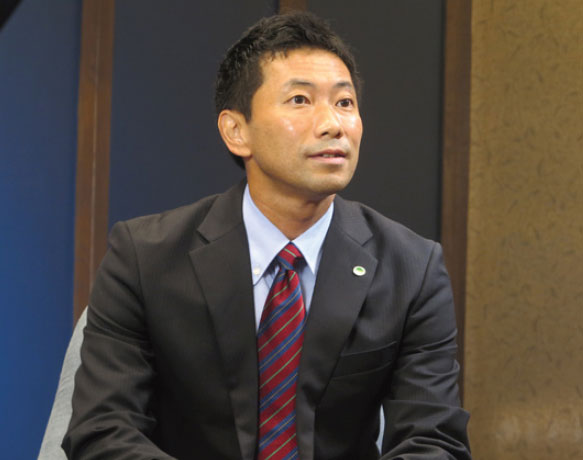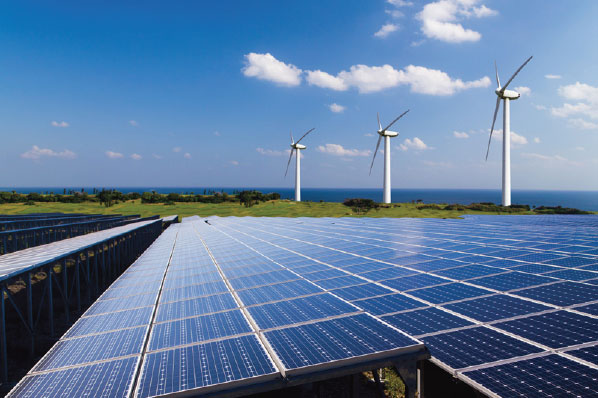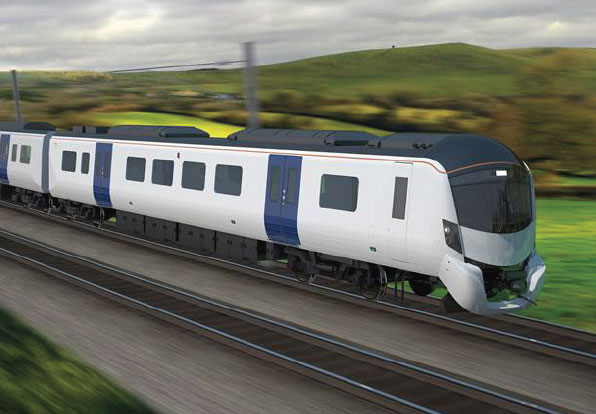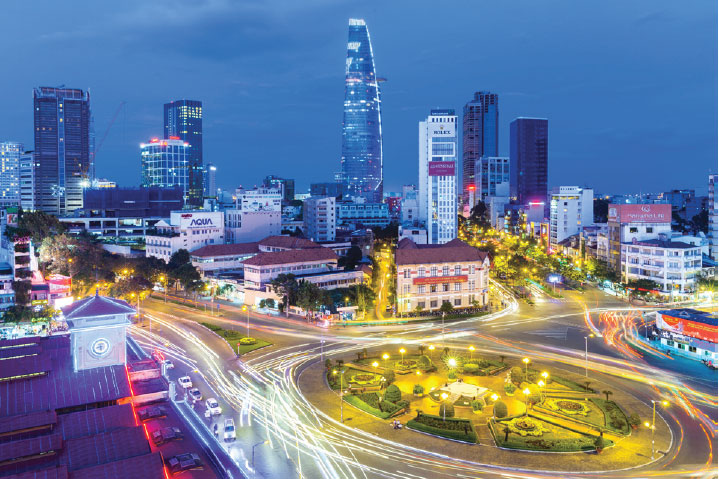"Smart technology is one of the biggest key enablers to improve the quality of life of people"– Akihito Ando, General Director of Hitachi Asia (Vietnam)
ASEAN has been urbanizing at a rapid pace, and over the next few years, will be home to some of the world's largest metropolises. Already, 22% of the ASEAN's population lives in cities with more than 200,000 inhabitants, and these cities contribute more than half (54 percent) of regional GDP. Moreover, ASEAN's reliance on cities as a source of economic growth is expected to increase significantly over the next decade.
ASEAN's urbanization experience thus far has been patchy—while its cities have grown in size and as centres of industry and commerce, they are often beset with problems such as unplanned construction, traffic congestion, excessive pollution, energy inefficiency and inadequacy, and inefficient water and waste management systems, among others. Now is the time for the region's governments to focus on these aspects of cities, so that both, the quality of life of its inhabitants is enhanced, and the cities continue to support regional economic growth.
Leading smart and sustainable practices
 Akihito Ando, General Director of Hitachi Asia (Vietnam)
Akihito Ando, General Director of Hitachi Asia (Vietnam)
According to Akihito Ando, General Director of Hitachi Asia (Vietnam), "smart technology is one of the biggest key enablers to improve the quality of life of people". Several cities in this region have undertaken initiatives to make their cities smart and sustainable, while many are considering taking their first steps to
this effect.
The Economist Intelligence Unit's report 'Startup My City: Smart and sustainable cities in Asia' commissioned by Hitachi lays deep the candour and potential of smart technology implementation in the region's emerging cities.
Ando says that before embarking on designing a sustainable ecosystem, it is critical to understand the specific needs and environment of each city. "To do so, local knowledge plays a big part in identifying the unique and practical challenges for that city," he adds.
It is for this reason that national governments in ASEAN should assume leadership of smart technology initiatives, as they understand local needs and capabilities, and can spearhead the direction cities are heading into. Global companies such as Hitachi can then bring their know-how and cutting edge technologies to assist governments in their smart city endeavours.
Two of the most pressing requirements for the ASEAN region are the better management of its energy resources and more sophisticated urban transport systems.
Energy management a key enabler of growth
The core component to building a smart system will always be information technology (IT). 78% of respondents in the EIU survey regard smart energy management systems as the most important initiative in
making a city smart and sustainable.
This should come as no surprise considering the region as a whole faces a widening gap between energy supply and demand. Inadequate power is among the main bottlenecks limiting economic growth in economies such as Indonesia, and given increased energy demand due to a growing population and rising incomes, the gap between energy supply and demand is only getting wider.
Efficient energy generation, transmission and distribution can help alleviate these woes, but the right
infrastructure is required—something in which technology is increasingly playing a key part. Rebalancing the demand and supply gap in energy—particularly given the increased generation of energy from renewable sources in Southeast Asia—is necessary so that energy can be utilized more effectively. Technology can be used to monitor, control and optimize energy supply distribution. This kind of energy management can in turn help reduce the cost of energy, as well as contribute to greener energy use that is more
environmentally sustainable.
The promise of urban transportation
Another critical area of concern for cities in the ASEAN region is that of inefficient urban transport network systems, which often go hand-in-hand with traffic congestion and pollution. Smart transportation systems are selected as the most important smart city initiative in their respective cities by 73% of the survey respondents.
The improvement of urban transportation is a key driver for a sustainable city, and according to Ando, "this is a common issue across ASEAN markets, and every city is now prioritising the development of urban transport systems that provide a good fit to their unique needs."
In Ho Chi Minh City in Vietnam's south, the focus is on the Metro, where Hitachi is working on the city's first MRT line which is to be launched in 2020, while other cities such as Bangkok are expanding the MRT, as well as the high-speed rail to shorten the distance between major cities, in order to make travel between towns more convenient.
Hitachi is promoting the concept of 'Transit-Oriented-Development',
as it believes that well-designed urban transport systems
accelerate the realization of a smart and sustainable city. "Reliable
mass transit systems, such as MRT/ LRT or high speed railways
between cities, would directly address traffic congestion with
much more environmental friendly systems, leading to efficient city
management," says Ando.
He adds that the strategic placement of commercial premises
around railway stations can contribute to building a 'smart town'
that can easily be expanded to a wider area. Singapore's experience
with its own MRT system is a case in point, where several
stations across the city have gone on to become social and commercial hubs providing residents with a
wide variety of amenities and services.
Across ASEAN, there is a need to implement such initiatives. In many cities, a transport infrastructure deficit
already exists, and given the growing populations of these cities, the deficit will only get larger if public
transportation networks are not enhanced, or in some cases, built from scratch.
Moreover, the disposable incomes of urban residents in ASEAN are also increasing, implying that the
number of automobiles on the roads will continue to grow if smart solutions are not implemented to
enhance public transport systems.
From ideation to adoption
One of the most important aspects involved in the implementation of initiatives geared towards making the
region's cities smart and sustainable is providing residents with adequate information and opening channels
for feedback. According to the EIU survey, for example, 71% and 70% of respondents in Ho Chi Minh City
and Jakarta respectively, said that there was a lack of information regarding new smart city initiatives.
Similar numbers came through for other cities – 68% for Manila, 67% for Kuala Lumpur and 66% for Singapore.
Ando says, however, that Ho Chi Minh City is making a "great effort" to communicate transparently with
residents. One notable example is the Urban Railway Line No.1 line rolling stock design. Hitachi designed
the carriage based on best practices and required functionality, in collaboration with the Ho Chi Minh City
Management Authority for Urban Railways (MAUR). After developing the mock-up, MAUR conducted
exhibits that were open to the public for feedback. "Based on the feedback, we were requested to revise
the design," he says.
The acceptance of feedback can lead to a greater acceptance of initiatives and that ultimately helps make
expensive projects commercially viable. Communicating the benefits of projects effectively to residents is
hence particularly important to increase adoption rates.
Governments ought to first focus on a few initiatives that are well-designed and implemented and that can
provide clear benefits to residents. On the one hand, this will help increase the adoption of the existing
initiatives; and on the other, it will lead to greater awareness of smart city efforts and likely open the doors
for other initiatives.









